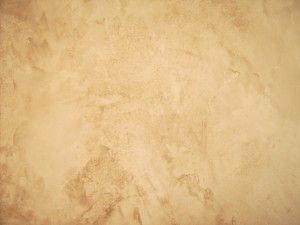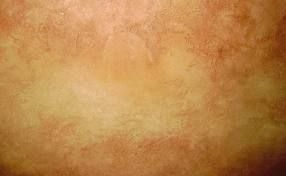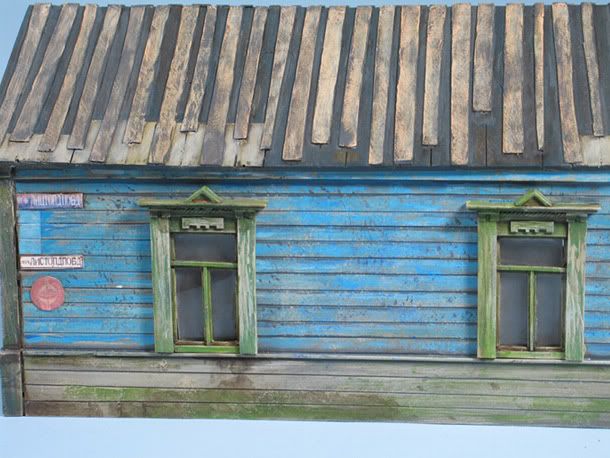taiidantomcat
Member
Gorgeous look, I just don't know how to replicate it in a smaller scale.
http://www.europeanpaintandtextures.com/2010/07/02/faux-tuscan-venetian-plaster-technique-part-1/
http://www.europeanpaintandtextures.com/2010/07/05/faux-venetian-plaster-technique-part-2/
Any help, suggestions, or ideas are welcome. I already tried it using textured tan spray paint, some brushed streaks and then a wash, but it does not capture it very well. just looked like a bad finish. I'm lost on how to accomplish it
just looked like a bad finish. I'm lost on how to accomplish it
http://www.europeanpaintandtextures.com/2010/07/02/faux-tuscan-venetian-plaster-technique-part-1/
http://www.europeanpaintandtextures.com/2010/07/05/faux-venetian-plaster-technique-part-2/
Any help, suggestions, or ideas are welcome. I already tried it using textured tan spray paint, some brushed streaks and then a wash, but it does not capture it very well.









